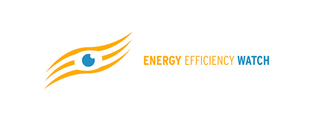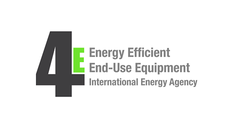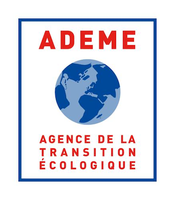Search eceee proceedings
Solar shading as a cost-effective means to stop rising air-conditioning needs in Europe
Panel: 7. Policies and programmes for better buildings
This is a peer-reviewed paper.
Authors:
Andreas Hermelink, Guidehouse Germany GmbH, Germany
Kjell Bettgenhäuser, Guidehouse Germany GmbH
Markus Offermann
Bernhard von Manteuffel
Abstract
Active space cooling in buildings is projected to rapidly grow until 2050 in Europe. The IEA estimates air-conditioning (AC) in Europe to rise from 115 million units in 2020 to 275 million units by 2050. A comprehensive analysis has been conducted on the extent an uptake of external dynamic solar shading devices on windows could mitigate the predicted additional energy use and associated GHG emissions of AC units in Europe. Results show that dynamic solar shading can effectively stop the predicted trend of rising needs for AC. This means significant reductions of electricity use for AC, net-cost-savings and GHG emissions. In order to get dynamic solar shading a fair chance amongst options for most cost-effective building configurations, the European Energy Performance of Buildings Directive (EPBD) could pave the way by explicitly introducing the energy efficiency first principle as the mandatory guiding principle for setting up minimum energy performance requirements. For new buildings and retrofits a mandatory due diligence for overheating should be introduced, stipulating to first apply solar shading and only then consider active AC if still needed. Furthermore, the EPBD should enable to adequately map the bivalent character of dynamic solar shading – being an element of the building envelope and of building automation and control systems (BACS) at the same time - to the EPBD articles.
Downloads
Download this presentation as pdf: 7-305-22_Hermelink_pres.pdf
Download this paper as pdf: 7-305-22_Hermelink.pdf
Panels of
1. Dynamics of consumption: less is more?
2. Efficiency and beyond: innovative energy demand policies
3. Policy, finance and governance
4. Monitoring and evaluation for a wise, just and inclusive transition
5. Towards sustainable and resilient communities
6. Energy-efficient and low-carbon mobility for all
7. Policies and programmes for better buildings
8. Innovations in products, systems and building technologies



























